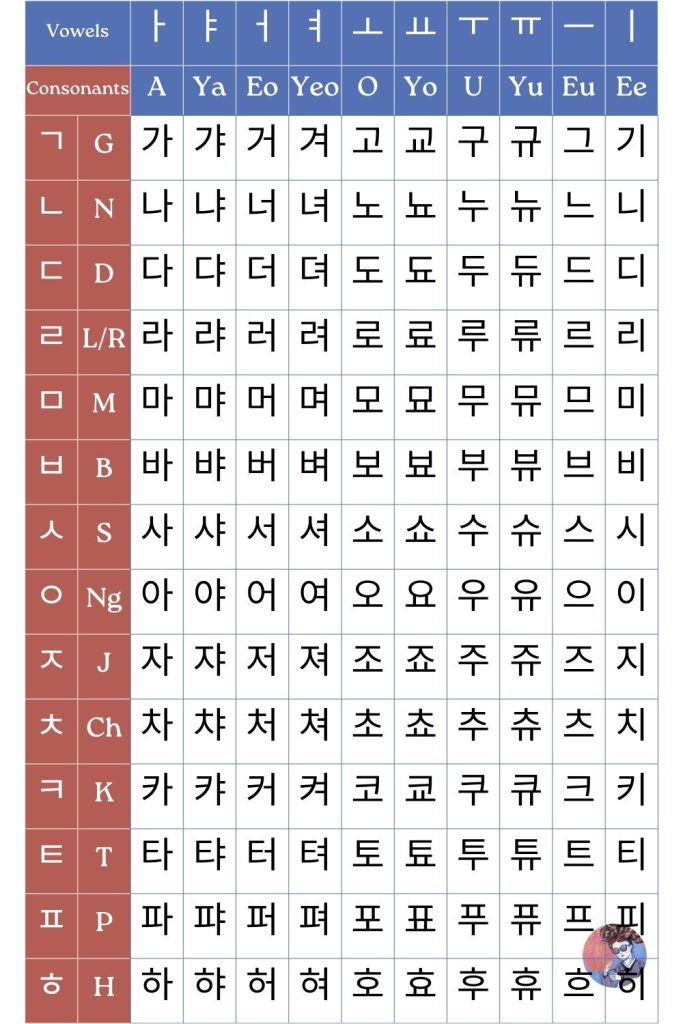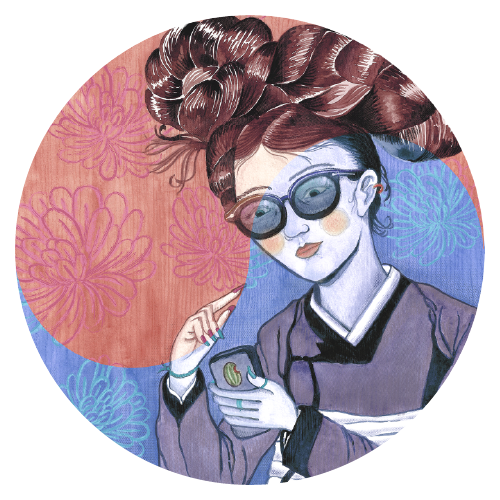
Want to learn how to read the Korean alphabet in a day?
Here’s a breakdown of the Korean alphabet chart to help you get started.
Quick Summary
- The Korean alphabet is Hangul, created by King Sejong.
- Hangul has 24 basic letters of 14 consonants and 10 vowels.
- To form a syllable, you combine consonants and vowels.
The Korean alphabet, known as Hangul, is a unique and scientific writing system created in the 15th century by King Sejong the Great and his scholars.
Hangul is simple and efficient, making it one of the easiest alphabets to learn.
Structure of Hangul

Hangul has 24 basic letters: 14 consonants and 10 vowels.
These letters are combined into syllable blocks, each representing a single syllable.
A syllable block typically consists of an initial consonant, a vowel, and optionally a final consonant.
Consonants
The 14 basic consonants are: ㄱ (g), ㄴ (n), ㄷ (d), ㄹ (l/r), ㅁ (m), ㅂ (b), ㅅ (s), ㅇ (ng/silent), ㅈ (j), ㅊ (ch), ㅋ (k), ㅌ (t), ㅍ (p), ㅎ (h)
Vowels
The 10 basic vowels are: ㅏ (a), ㅑ (ya), ㅓ (eo), ㅕ (yeo), ㅗ (o), ㅛ (yo), ㅜ (u), ㅠ (yu), ㅡ (eu), ㅣ (ee)
Vowels can also be combined to form complex vowels, such as: ㅐ (ae), ㅒ (yae), ㅔ (e), ㅖ (ye), ㅘ (wa), ㅙ (wae), ㅚ (oe), ㅝ (wo), ㅞ (we), ㅟ (wee), ㅢ (ui)
Syllable Formation
To form a syllable, you combine consonants and vowels.
For example:
- 보 (bo) = ㅂ + ㅗ
- 라 (ra) = ㄹ + ㅏ
- 해 (hae) = ㅎ + ㅐ
Why Learn Hangul?
Learning Hangul is the first step to mastering the Korean language.
Understanding it can enhance your appreciation for Korean culture, literature, and history.
By familiarizing yourself with the Korean alphabet chart, you’ll be able to read and write Korean, opening doors to deeper communication.
Conclusion
The Korean alphabet chart is your gateway to learning Korean.
With its simple yet powerful design, Hangul is a testament to Korea’s rich linguistic heritage.
Start practicing today, and you’ll be able to understand the world of Korean language and culture.

